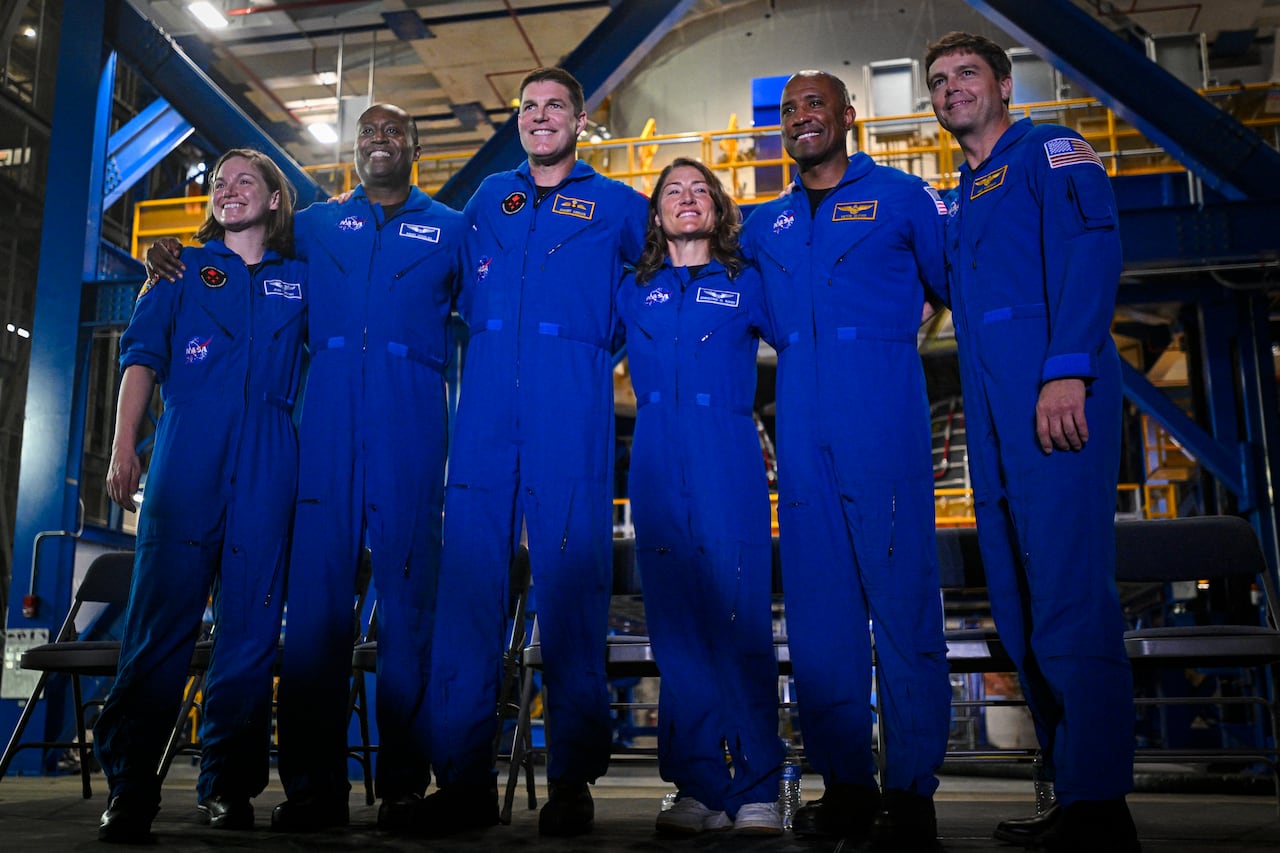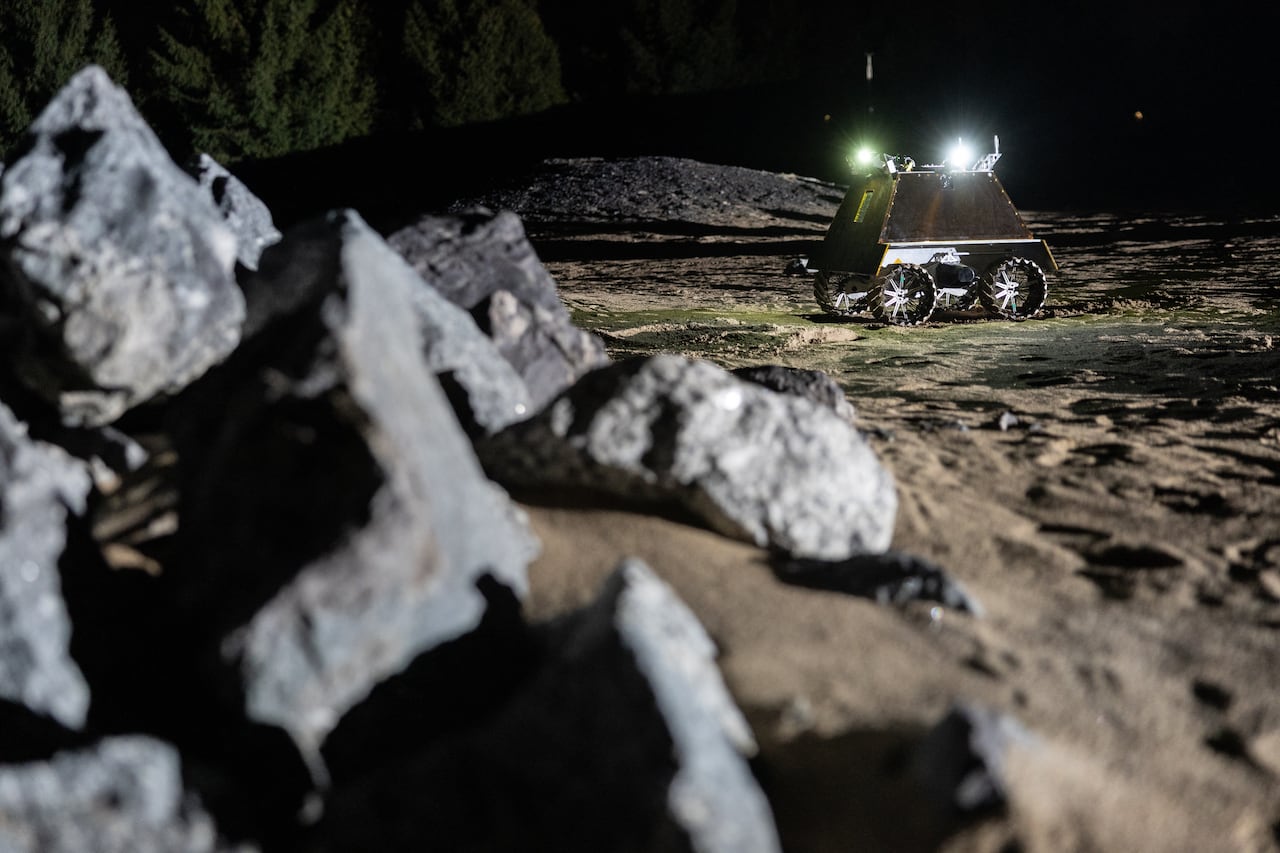Listen to this article
Approximately 5 minutes
The audio version of this article was created using text-to-speech, an artificial intelligence-based technology.
NASA is making huge efforts to send people to Mars and return astronauts to the Moon, including the Canadian Jeremy Hanson on Artemis II early next year. Meanwhile, all of the space agency's other research programs are facing cuts.
The US administration has proposed 24 percent cut to NASA's budget, which would make it NASA's smallest budget since the dawn of human spaceflight programs. started in 1961. The proposal specifically calls for cutting space science funding by 50 percent and cutting the workforce to a third of its current level.
Although these proposed cuts were not approved by Congress, recent report The US Senate Committee on Commerce, Science and Transportation reports that the space agency has proceeded with cuts anyway, and thousands of scientists already let go various objects around the USA

The Goddard Space Flight Center, where the Hubble and James Webb space telescopes were built, has already closed its physics Institute for Space Studies at Columbia University, laid off hundreds of employees and – if cuts continue – plans cancel 41 scheduled or already active programs including climate change or green energy.
Jet Propulsion Laboratory in California, which builds and operates robotic spacecraft that have visited every planet in the solar system. also forced to reduce staffand has already laid off hundreds of employees.
Similar research centers also build satellites that look at the Earth. providing us with weather forecasts, hurricane tracking, Arctic ice lossand much more. In fact, almost everything we know about the global changes taking place on Earth comes from orbiting satellites and the scientists who analyze their data.
Scientific robots can operate for years in the harsh environment of space and can be sent on one-way missions to the farthest reaches of our solar system. It is these robots and the scientists who design, build and operate them that are the real researchers.
But now these eyes on our planet and beyond are under serious threat.

It appears that NASA's future is being determined not by science, but by politics. In the same spirit of competition between the United States and the Soviet Union that led to the launch of the Apollo missions to land men on the Moon in the 1960s, the current administration wants to beat the Chinese to the moon through the Artemis program.
From a financial perspective, sending people into space is much more expensive because they are heavy, require a lot of resources such as air, food and water, and you have to bring them back alive.
In other words, human spaceflight technology is about survival. Human missions are often aimed at expanding boundaries our endurance and creating heroes in the process.

The current goal is to land humans on the moon's south pole and build a colony where they can live and work.
The main challenge will be to find the ice, which is believed to lurk in the shadows at the bottom of craters that never see sunlight. Ice is a valuable resource on the Moon as it can provide both drinking water and rocket fuel in the form of hydrogen and oxygen.
Returning to the Moon will require a lot of resources and funding. For upcoming missions, NASA will use its giant Space Launch System rocket, which is not reusable and costs more than US$4 billion in one launch.
The private Starship is another contender, but it's still many years away from being ready. Space X has yet to prove that it can not only reach the Moon, but also land and return home safe and sound again. This spacecraft has not yet completed a single revolution around the Earth.
Once on the surface, there is a need to build habitats, install mining equipment, build ice processing facilities, not to mention regular trips to and from Earth to resupply food supplies and change crews.
When all this is established, and everyone is well-fed and happy to live on the Moon for a lot of money, will they have any funds or experience left to conduct scientific research while astronauts are there?

Large concept projects such as generation starships or construction of a radio telescope the far side of the Moon will require scientific knowledge, but it is precisely this knowledge that is gradually being destroyed from NASA research centers.
Once scientists are fired, they take their scientific knowledge with them, and that knowledge is not easily replaced.
Despite this, the European Space Agency is enlisting some NASA scientists, and Canada's new budget includes $1.7 billion. to seduce scientists to come to this country, so perhaps future lunar colonists will receive new instructions from Canada.








